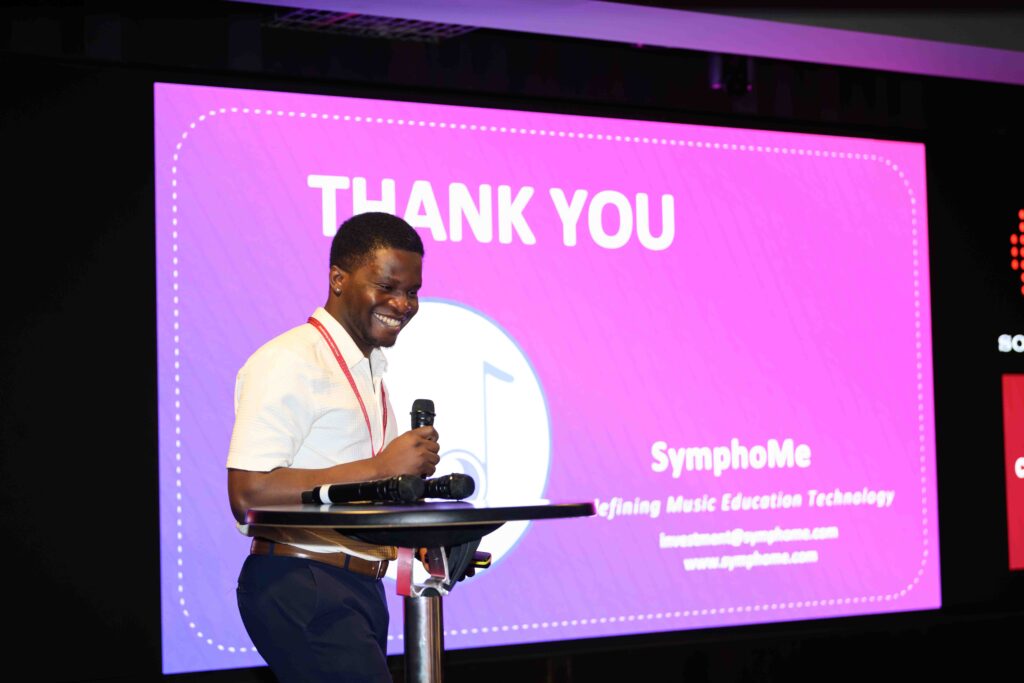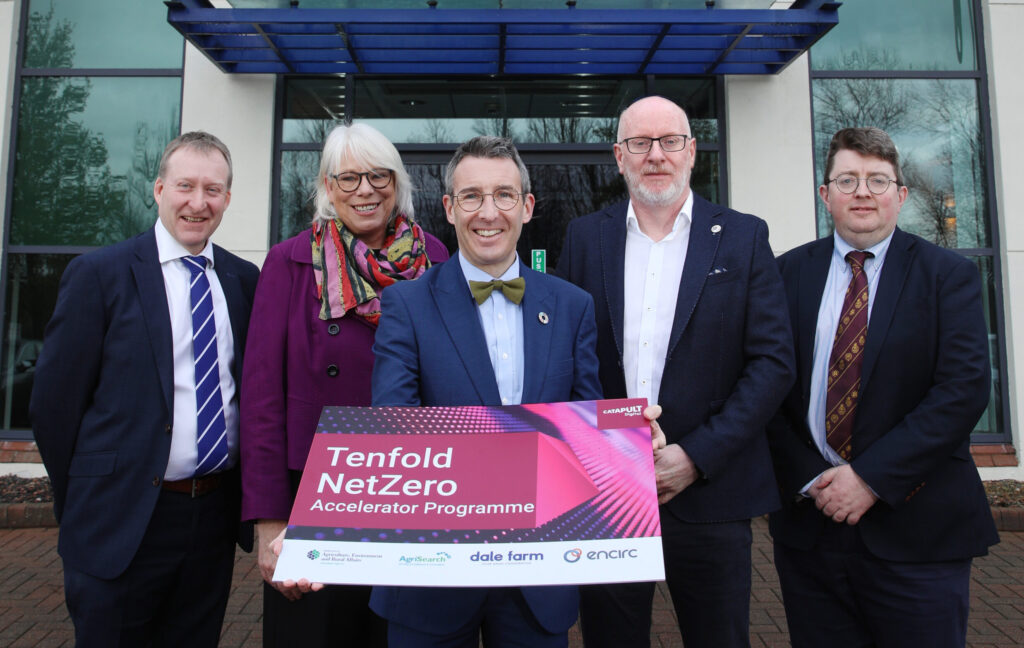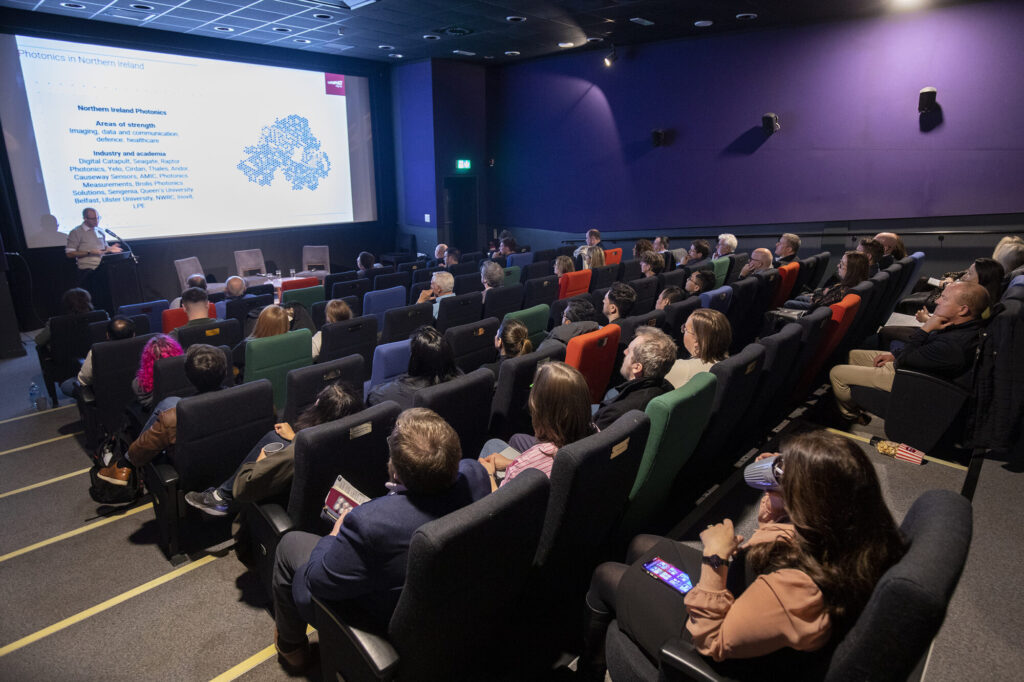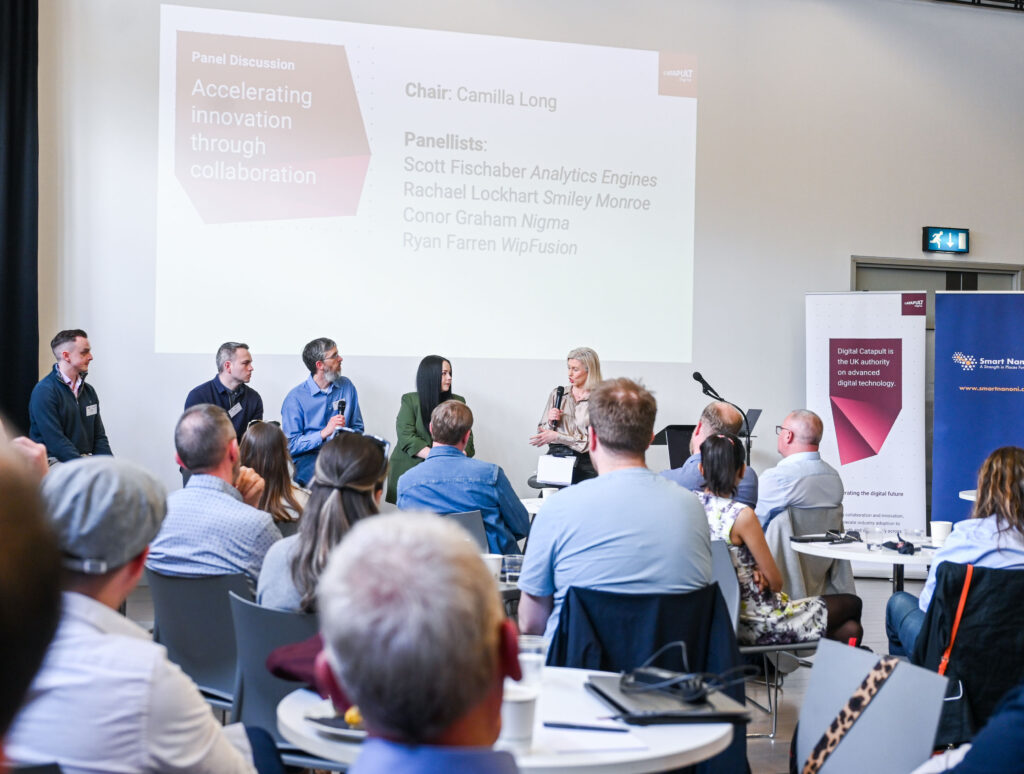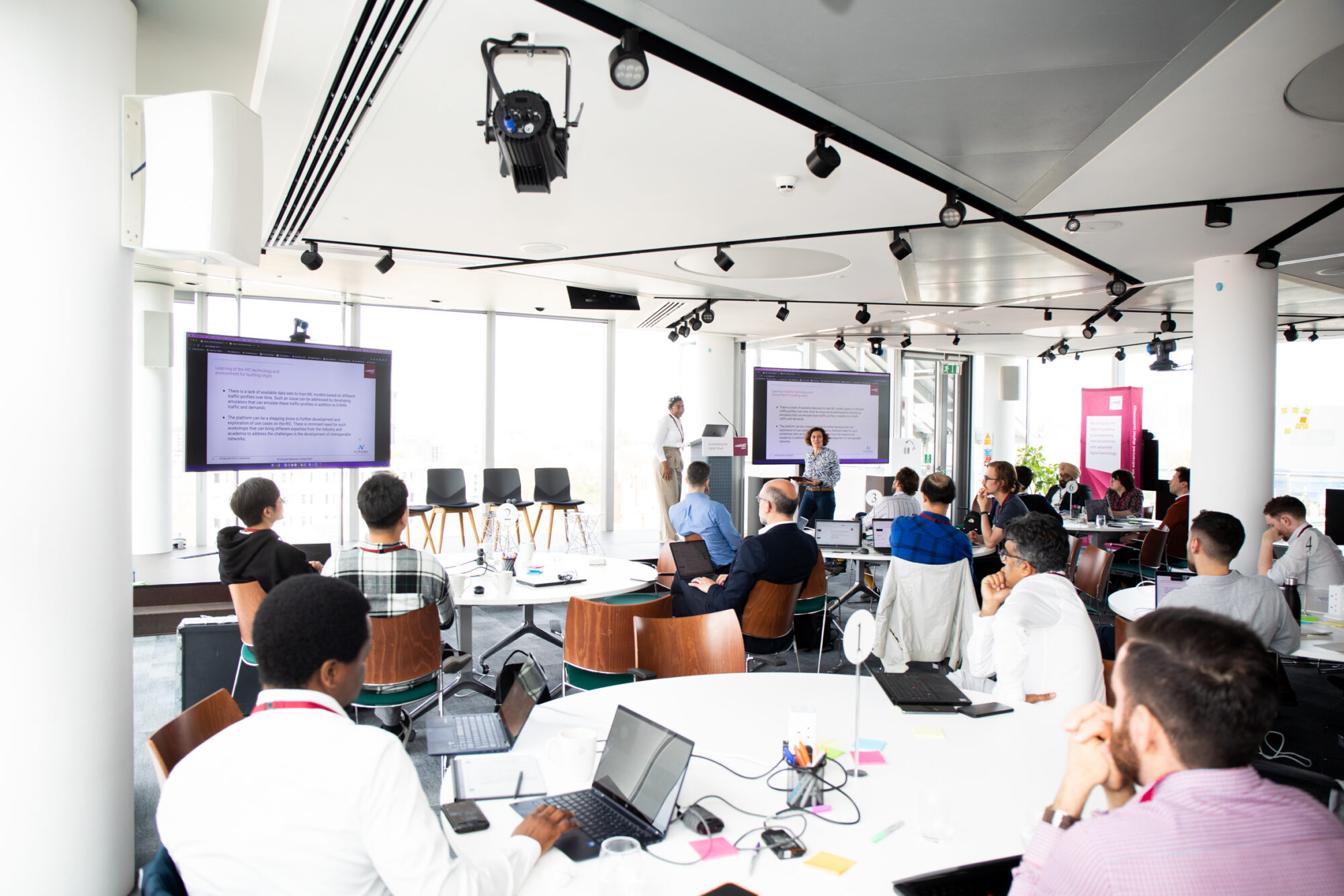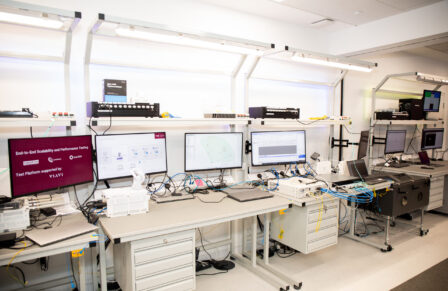Linda Ligios, Senior Innovation Partner and Team Lead at Digital Catapult
In my previous blog, I discussed how Open RAN provides a platform to realise new innovation opportunities. For example, within our SONIC Labs programme we’re exploring how the real innovative potential of Open RAN sits in the RAN Intelligent Controller (RIC), a concept developed by O-RAN Alliance and built on principles of automation, Artificial Intelligence (AI) and Machine Learning (ML).
At Digital Catapult, working in partnership with Ofcom and supported by the Department for Science, Innovation and Technology (DSIT), we’re pioneering new early stage solution ideation activities to create an innovation layer of companies that can take advantage of Open RAN as an opportunity, whilst addressing supply chain diversification.
The Challenge
A couple of months ago, we set a challenge building on our previous work to validate RIC applications focused on energy efficiency and support innovators to develop new and existing ideas. One of the key features of the RAN Intelligent Controller (RIC) is to support and optimise quality of service and coverage, the way it operates has a direct impact on energy usage.
Energy consumption constitutes between twenty and forty percent of network OPEX, the majority of which is consumed by the RAN and power amplifiers. With the increase of traffic demand and rising pressure from national governments to reduce greenhouse gas (GHG) emissions, it is becoming more imperative for the telecoms industry to find innovative ways to reduce energy use.
For this challenge, we worked in partnership with Vodafone and Accelleran. The two companies were looking for a solution that takes into account the dynamic nature of a 5G network by analysing the Quality of Service (QoS) parameters and optimising the energy consumption of the RAN.
Open RAN RIC technology and machine learning algorithms can be used to monitor and analyse QoS parameter values for each user and application. The QoS parameter can be used to determine the signal strength and quality of the radio link between a user device and a base station. Participants were given access to Accelleran’s Software Development Kit (SDK) and tasked with exploring how xApp third-party applications running on the Open RAN RIC from Accelleran could help to optimise energy usage.
Introducing the innovators
Software developers and AI experts from both SMEs and academia responded to the challenge and applied their knowledge and experience from within and outside the telecom domain. Participants were offered two online educational sessions ahead of an in-person innovation ‘Ideate’ Workshop in mid May 2023 to help them get up to speed with the fundamentals of RIC technology and innovation opportunities in the area of RAN energy efficiency.
The participating organisations included: B-Yond, Chilton Computing, Flying River, King’s College London, Net AI, University of York, Ultracell Networks and Zizo.
The innovators approached the challenge in creative ways and developed early-stage solutions in a simulated RIC environment. The solution development approaches included external sensor data integration, neural modal training and customisation, Cluster and Virtual Machine (VM) placement for process steering, and deep deterministic policy gradient algorithms as a deep learning method.
The workshop offered SMEs and academia a unique opportunity to share knowledge, build new relationships and potentially explore new partnerships with other SMEs, academics and big players like Vodafone and Accelleran. It was also inspiring to see the enthusiasm of participants as they pitched their approach to solving the challenge.
The event also included a panel discussion with Arnaud Polster, CSO at Accelleran, and Fawad Hasan, Senior Open RAN Engineer at Vodafone, about readiness of the Open RAN infrastructure, other RIC use cases and innovation potential of AI/ML for network optimisation.



























